1. Oxtail
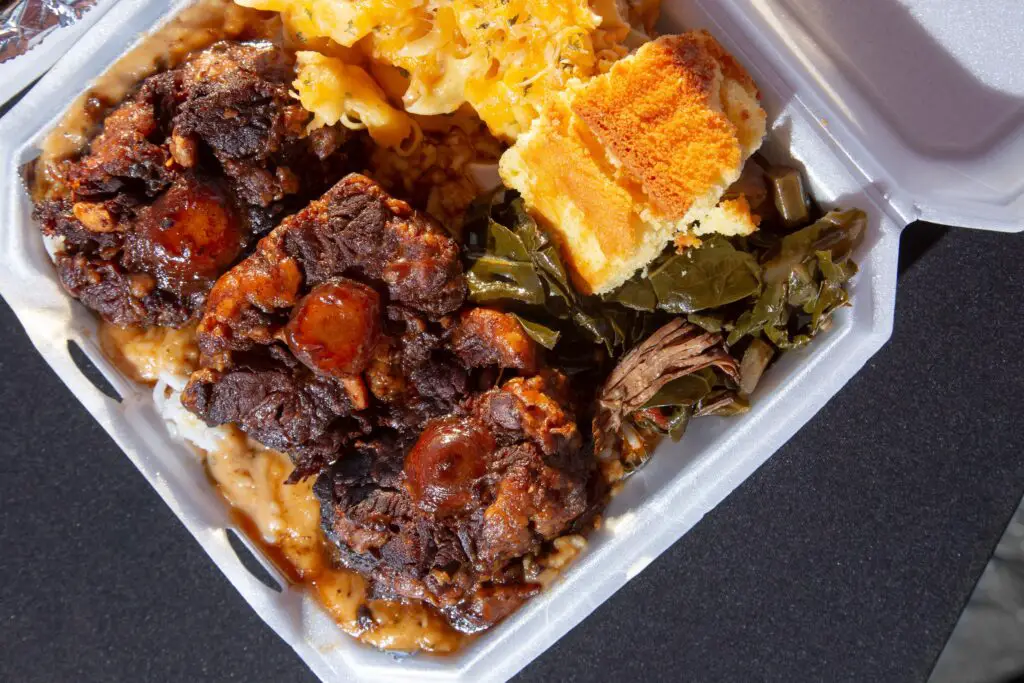
Once considered a scrap left over from butchering, oxtail was a cheap cut that people used to stretch into soups and stews when money was tight. It takes hours to tenderize, so it became a staple in low-income homes where slow-cooking something all day was just part of life. My grandma used to say it “tastes better the longer it simmers,” and now that wisdom is gracing high-end kitchens. Today, you’ll find oxtail on fancy menus served over polenta or in rich ragu dishes for upwards of $30 a plate shares Food & Wine.
Chefs love its deep, beefy flavor and fall-off-the-bone texture, and foodies can’t get enough. It’s amazing how something once so humble is now seen as a delicacy. You’ll still see it in traditional Caribbean or Southern recipes, but now it’s also plated with truffle oil and garnished with microgreens. It just proves that good food never needed a fancy label—it just needed someone to appreciate it adds Eater Philly.
2. Bone Marrow
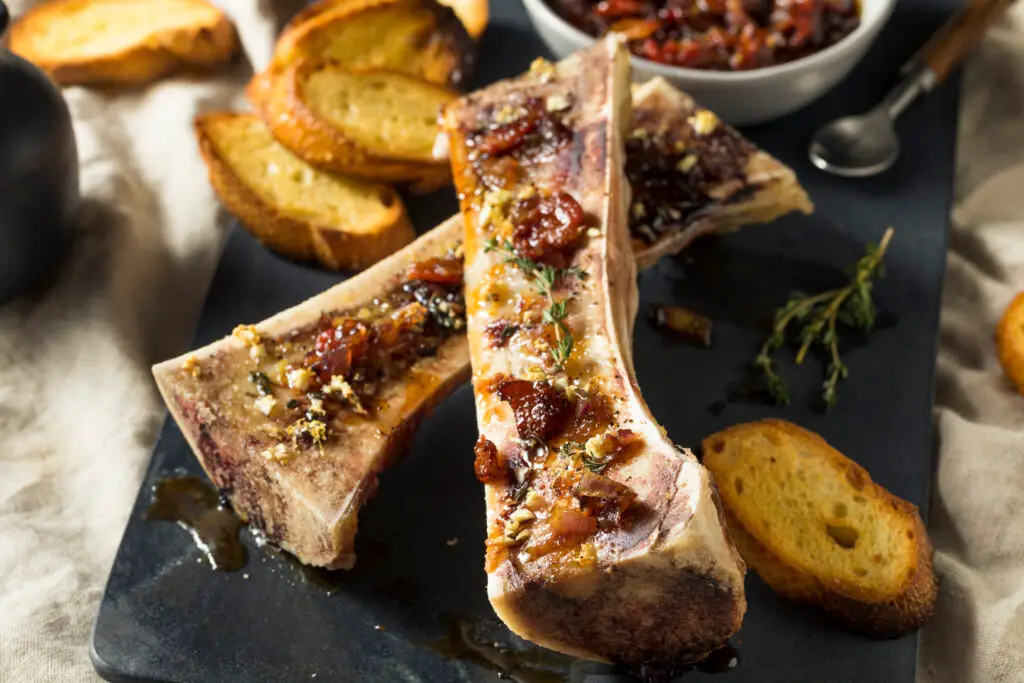
Back in the day, bone marrow was something your parents saved from Sunday’s roast, not something you’d ever expect to order at a restaurant. It was the kind of thing you scooped out with a spoon when no one was looking, mostly because it was cheap and flavorful—not glamorous. But now? It’s being roasted, seasoned, and served on artisan toast at high-end eateries shares Women’s Health.
The buttery richness is suddenly trendy, and chefs highlight it as if it’s a new discovery. I’ve seen it paired with everything from fancy jams to caviar, which always makes me laugh a little. What was once a kitchen hack to avoid waste is now a showstopper appetizer. Funny how it went from peasant food to plated art says Health.com.
3. Polenta
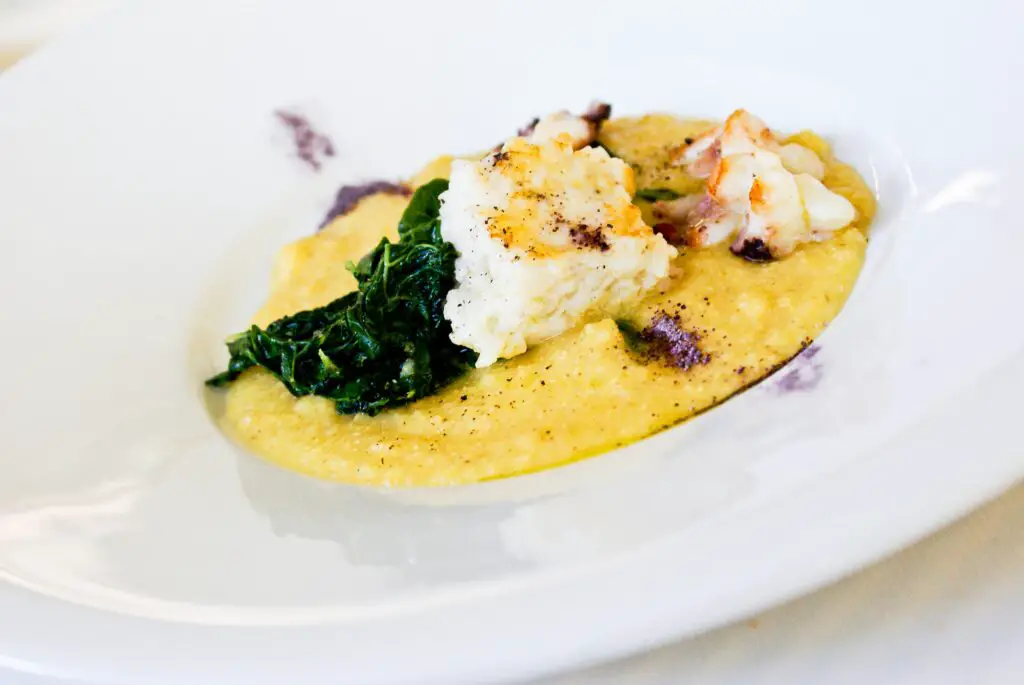
Polenta was once nothing more than boiled cornmeal—affordable, filling, and easy to make in big batches. It was the kind of thing your Nonna might have served on a cold night, usually topped with whatever was on hand, like a tomato sauce or a fried egg. It wasn’t flashy, just comfort in a bowl.
Now, polenta has gotten a full makeover. It’s grilled into cakes, topped with wild mushrooms or duck confit, and drizzled with herb-infused oils. You’ll even find it on brunch menus, nestled under poached eggs. Turns out, what was once a working-class staple is now a canvas for creativity.
4. Sardines

Sardines used to be the cheapest thing in the pantry—stacked in cans, soaking in oil or mustard, ready to be slapped onto saltines. They were a go-to protein for people trying to stretch their grocery budget. I remember my dad eating them straight out of the can like it was no big deal.
Now, they’re having a moment. You’ll find imported tins of sardines with designer labels and price tags to match. Chefs are serving them on crostini with lemon zest and pickled shallots like they’re the star of the show. Not bad for a fish that once lived on the bottom shelf of the cupboard.
5. Collard Greens
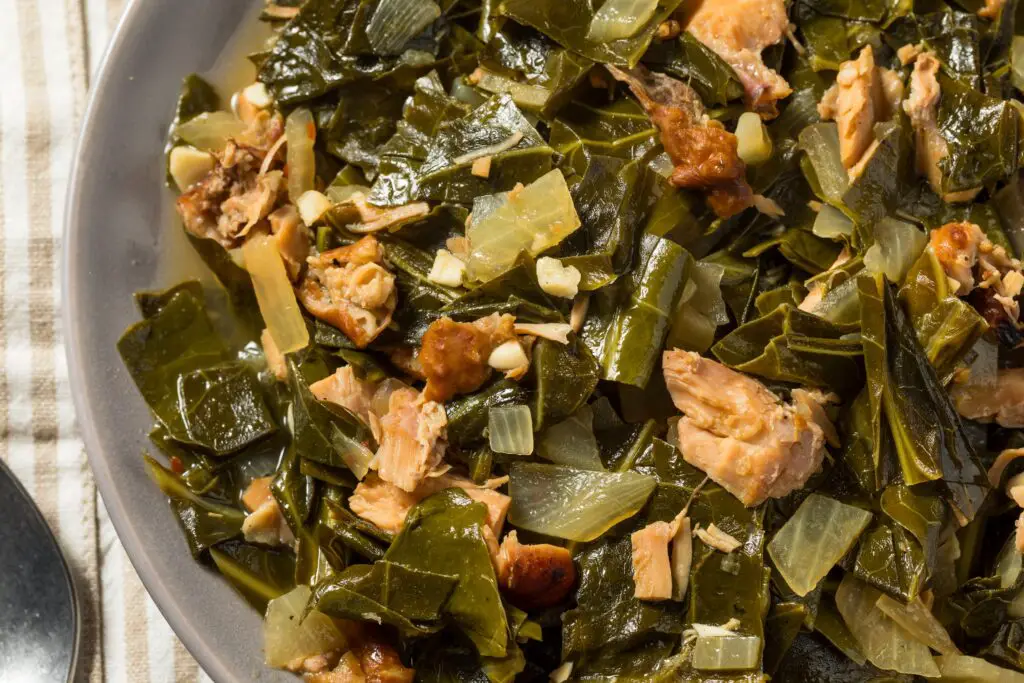
Collard greens were a survival food for many—hearty, cheap, and full of nutrients. Cooked low and slow with whatever scraps of meat you had, they were filling and made with love. They’ve always been a mainstay in Southern kitchens, but they never really got their culinary due.
That’s changed. Now, chefs are showcasing collards as the sophisticated cousin of kale, braised in white wine or used in grain bowls. You’ll see them on menus at farm-to-table restaurants, often with poetic descriptions. It’s nice to see them finally getting the appreciation they deserve, even if some of us have been loving them all along.
6. Chicken Thighs
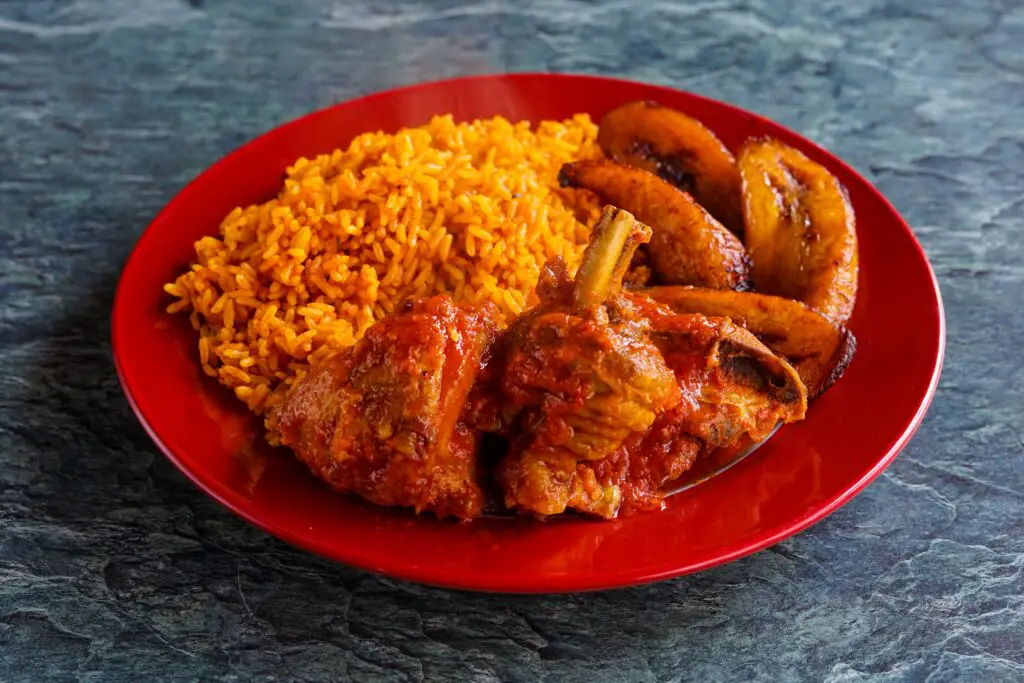
Chicken thighs were always the cheaper cut—less popular than breasts, and often overlooked in favor of white meat. But they were juicier, more flavorful, and way more forgiving if you accidentally overcooked them. My mom used to bake them in a casserole dish with rice, and that was dinner.
These days, chicken thighs are having their renaissance. You’ll see them marinated in harissa, grilled to perfection, and placed front and center on gourmet plates. They’ve become the choice cut for chefs who know flavor trumps price tag. It’s funny how a budget-friendly option is now a badge of culinary savvy.
7. Cabbage

Cabbage was the quintessential poor man’s vegetable—cheap, sturdy, and capable of feeding a crowd. It showed up in stews, slaws, and boiled dinners, often as a filler more than a star. We used to joke that cabbage could survive the apocalypse, and honestly, it probably could.
But lately, cabbage is getting a whole new identity. Roasted wedges with tahini dressing, fermented into kimchi or kraut, and even flash-fried into trendy bar snacks—it’s come a long way. It’s being treated with the same reverence as more glamorous greens. All that crunch and versatility is finally getting the spotlight it always deserved.
8. Grits
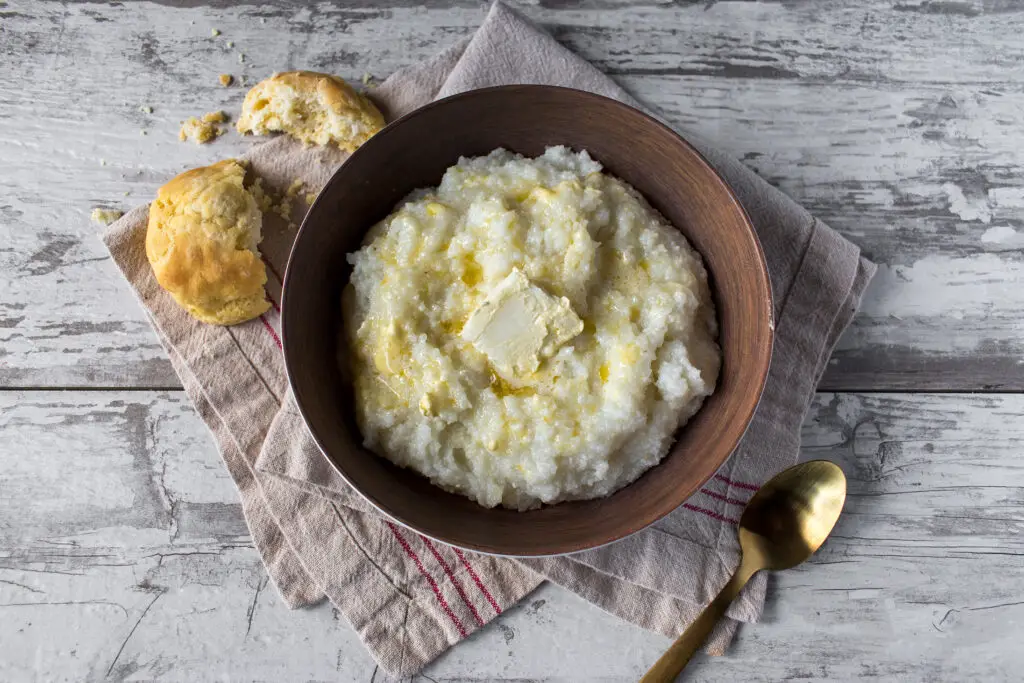
Grits were once considered simple breakfast fare, especially in Southern homes where they stretched a meal and kept you full. I remember eating them with just a pat of butter and a pinch of salt—it was never fancy, but always comforting. They were a pantry staple that didn’t need much to satisfy.
Now, grits are gourmet. Think shrimp and grits with a sherry cream sauce or smoked gouda stirred in for that extra decadence. They’re being elevated with slow-cooked meats, herbs, and truffle oil. It’s wild to see them on upscale menus, but also a little validating for those of us who always loved them just as they were.
9. Pork Belly
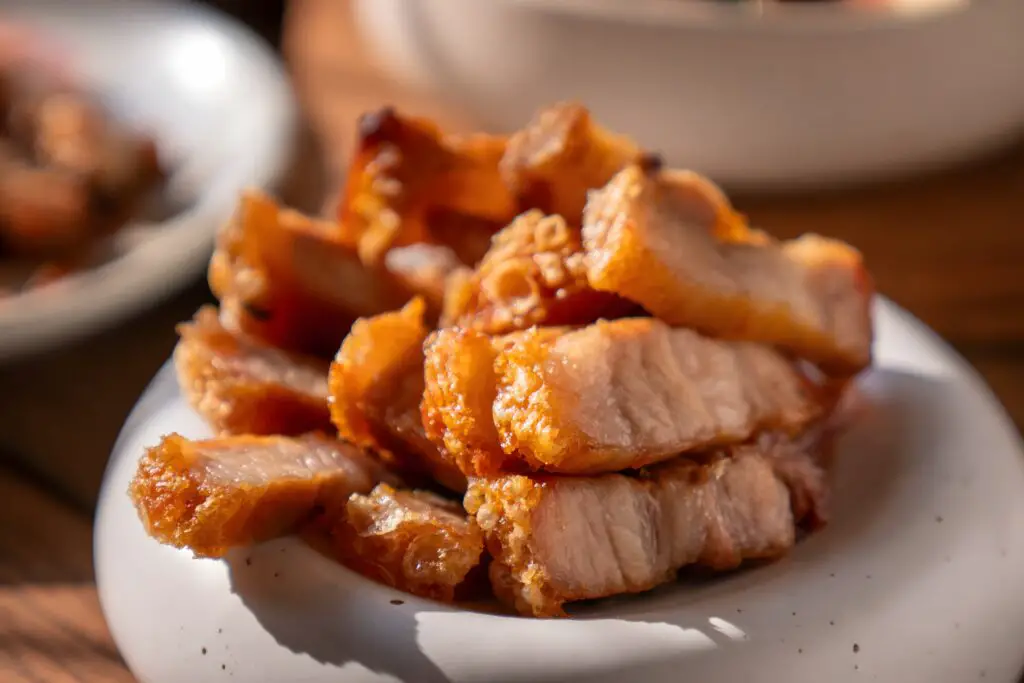
Before it became a foodie’s dream, pork belly was a cheap cut that got slow-roasted or braised to coax out flavor. It wasn’t seen as refined—just tasty and inexpensive, often used in traditional Asian dishes or as a way to make ends meet. It had fat, flavor, and affordability.
Now? Pork belly is the crown jewel of modern cuisine. You’ll see it caramelized, topped with pickled vegetables, or served over delicate rice noodles in fancy bowls. It’s gone from Sunday supper to Instagrammable entrée. Not bad for a cut once considered too greasy for the spotlight.
10. Lentils
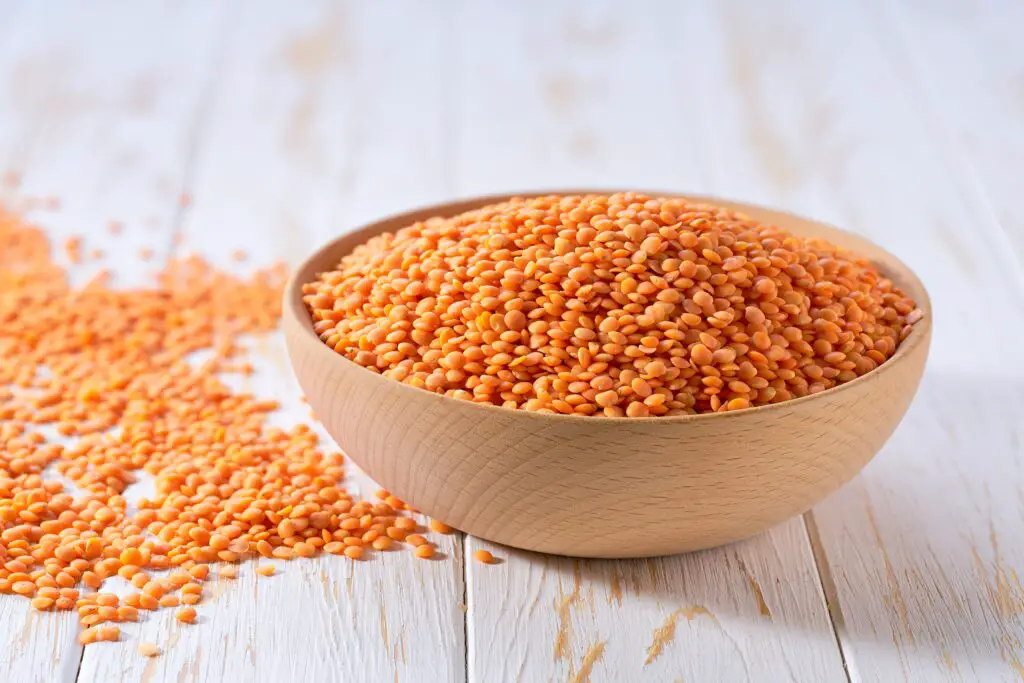
Lentils have long been a go-to for those watching their wallets. Packed with protein and dirt cheap, they filled out soups and stews and made a small amount of meat stretch a long way. They weren’t glamorous, just practical and nourishing.
Fast forward to today and lentils are in everything from power bowls to gourmet salads. They’re highlighted for their nutritional value and earthy flavor. High-end restaurants pair them with seared fish or roasted vegetables. It’s proof that nutritious and affordable can be chic too.
11. Turnips
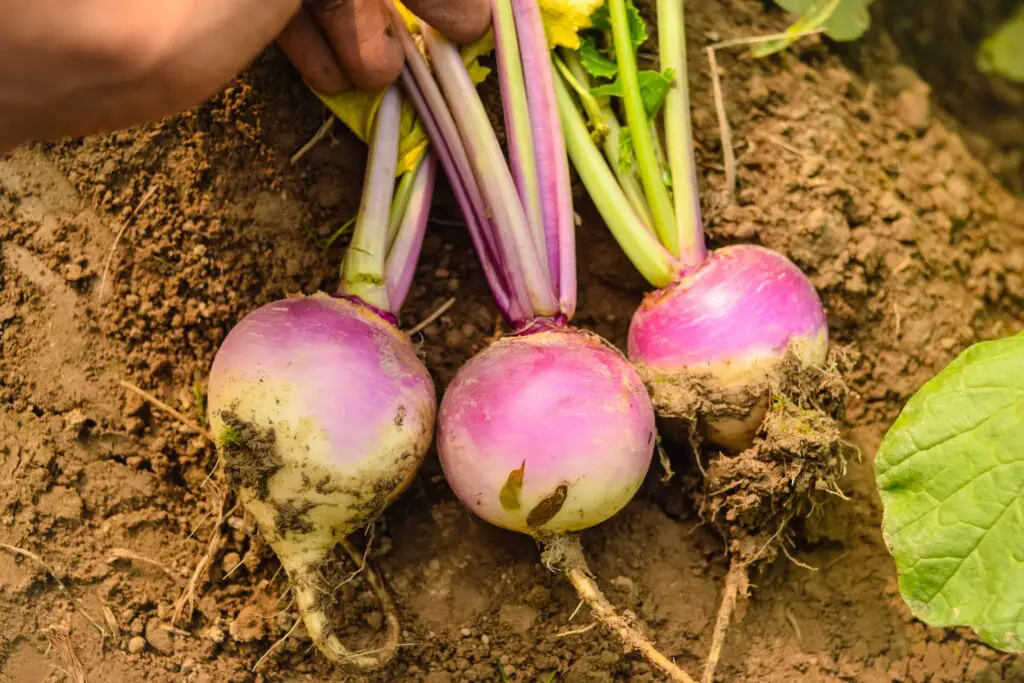
Turnips weren’t anyone’s favorite growing up. They were bitter, fibrous, and usually ended up boiled into mushy submission. But they were affordable and stored well through winter, making them a mainstay in frugal kitchens.
Lately, though, chefs are unlocking their potential. Roasted with spices, puréed into silky sides, or even sliced thin for raw salads—turnips are back in style. They’re being celebrated for their versatility and subtle sweetness when cooked right. It’s a glow-up that no one saw coming.
12. Duck Liver (Foie Gras)
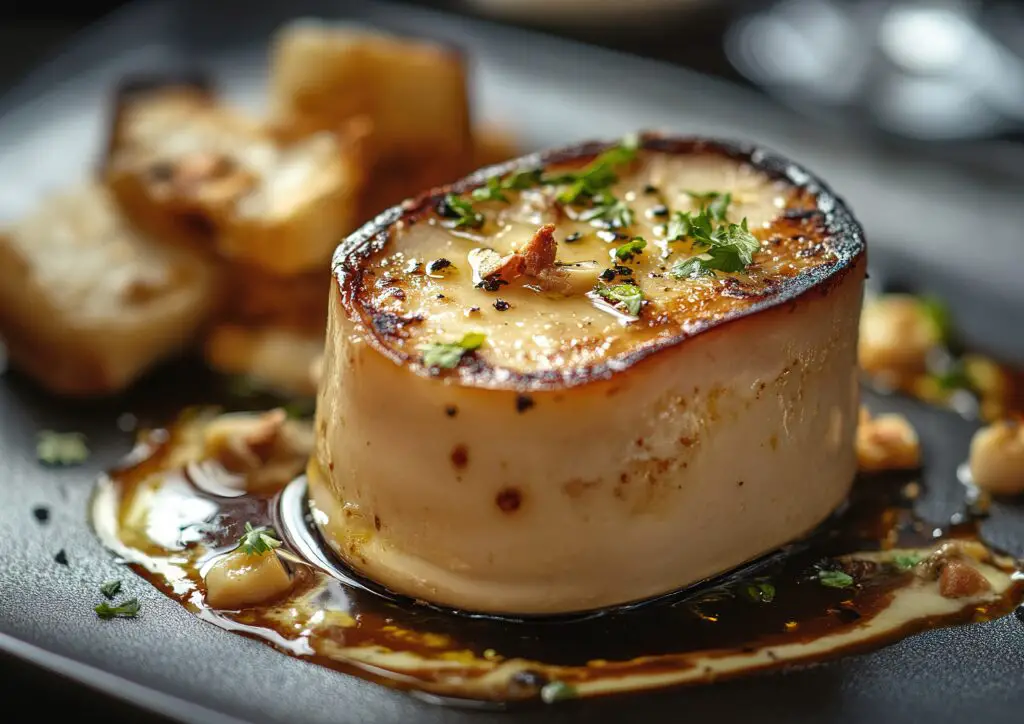
Foie gras may sound luxurious, but duck liver didn’t always carry that reputation. In rural parts of Europe, families raised ducks and geese for meat, and the liver was simply another part to be used. It wasn’t about luxury—it was about not wasting a thing.
Now, foie gras is considered a gourmet delicacy, served with fruit compotes or in silky pâtés. It commands a high price and stirs debate, but it’s undeniably elegant in the culinary world. Funny how something born out of necessity turned into a symbol of indulgence. It’s all about perspective—and presentation.
13. Bread Pudding

Bread pudding was born from frugality. Stale bread, a little milk, some sugar, and maybe an egg if you had one—it was a way to use what you had. My great-aunt used to whip it up with raisins and cinnamon, calling it “dessert for the resourceful.”
Now, you’ll find bread pudding on dessert menus topped with bourbon sauces, fancy whipped creams, or even studded with chocolate chips and served warm in cast-iron skillets. It’s comfort food with a new wardrobe. And while it’s fancy now, it still tastes like home to those who grew up with it.
14. Mussels
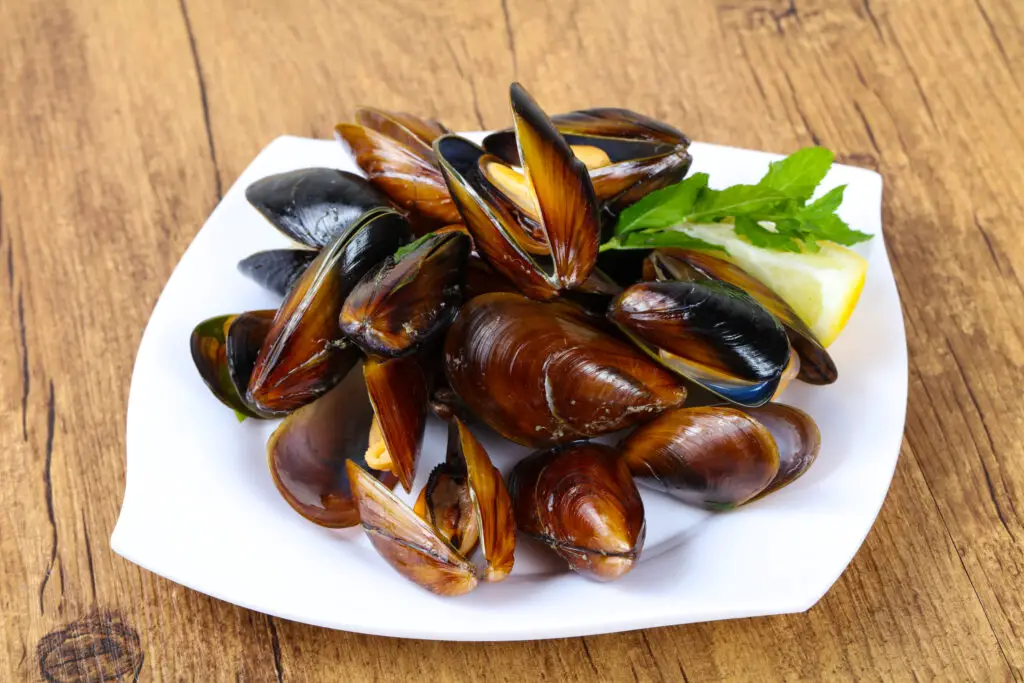
Mussels used to be the kind of shellfish people gathered for free along rocky shorelines, especially in coastal communities. They were abundant, easy to cook, and didn’t require much more than a pot and a little garlic to make a meal. They weren’t seen as elegant—just something to eat when money was tight and the sea was generous.
Today, mussels are featured in white wine broths and served with crusty artisan bread in upscale bistros. They’re often paired with saffron, fennel, or coconut curry and come with a fancy price tag to match. Somehow, the humble mollusk made its way into fine dining circles. Not bad for something that used to be picked up off the rocks.
15. Tripe
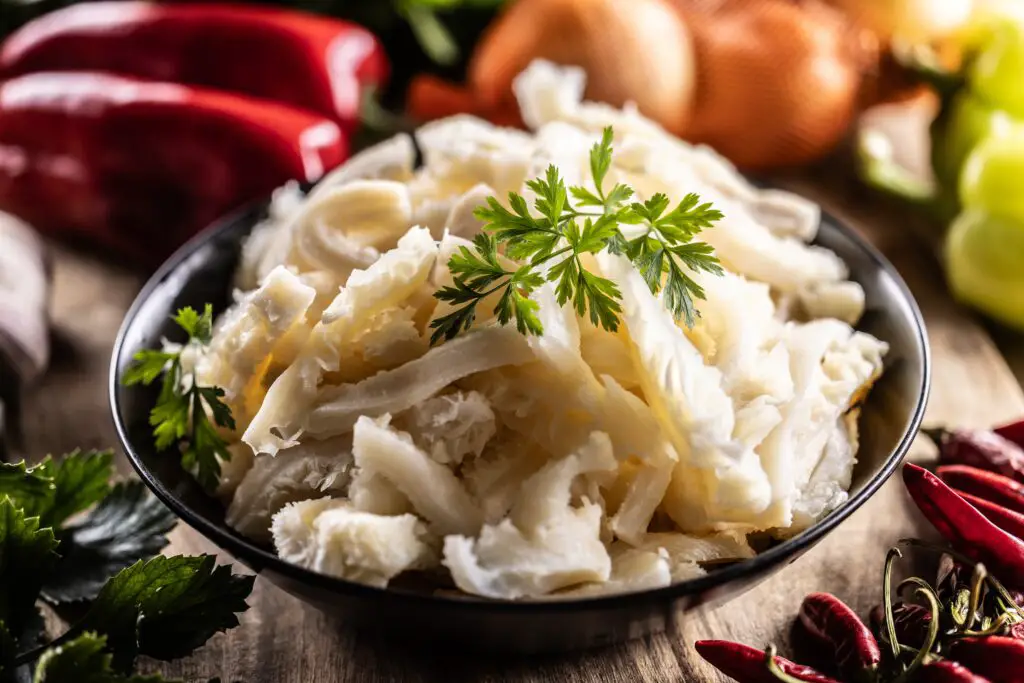
Tripe, the edible lining of a cow’s stomach, was once the definition of “use every part of the animal.” It was cheap, tough, and usually required hours of cooking to make it edible. For many families, it was just part of the rotation, especially in immigrant households where waste wasn’t an option.
Now, tripe is a delicacy in some culinary circles. It’s served in traditional dishes like Mexican menudo or Italian trippa alla romana, and chefs are even experimenting with modern takes. Its unique texture and flavor are suddenly being praised by foodies. It’s a surprising comeback for a food most people once tried to avoid.
16. Beets
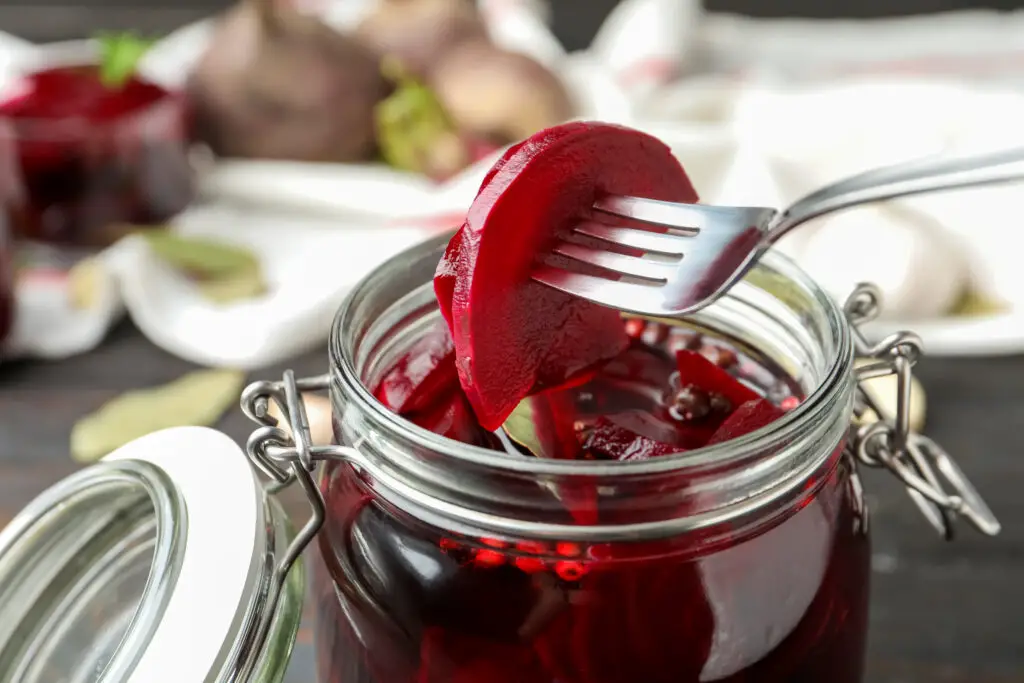
Beets were a budget-friendly root vegetable that showed up on plates more out of necessity than choice. Boiled, pickled, or canned, they weren’t exactly crowd-pleasers, and many kids learned to dread the deep red mess on their plate. They stained everything and rarely felt exciting.
Now, beets are being roasted to bring out their natural sweetness and featured in everything from salads with goat cheese to vibrant hummus spreads. They’re praised for their health benefits and earthy flavor, and they’re even making appearances in fancy juice blends. The beet’s transformation is a root-to-riches story if ever there was one.
17. Anchovies

Anchovies were often seen as the unwanted guest on a pizza or the salty surprise in a Caesar dressing. Canned and pungent, they were more about function than flavor and rarely the star of the show. They were cheap, shelf-stable, and divisive.
But somewhere along the line, anchovies became cool again. Chefs now praise them for their umami punch and use them to add depth to sauces, spreads, and gourmet flatbreads. They’re even being served whole on charcuterie boards and toast. It’s wild to see a food that was once picked off pizza slices now being celebrated in culinary circles.
18. Millet
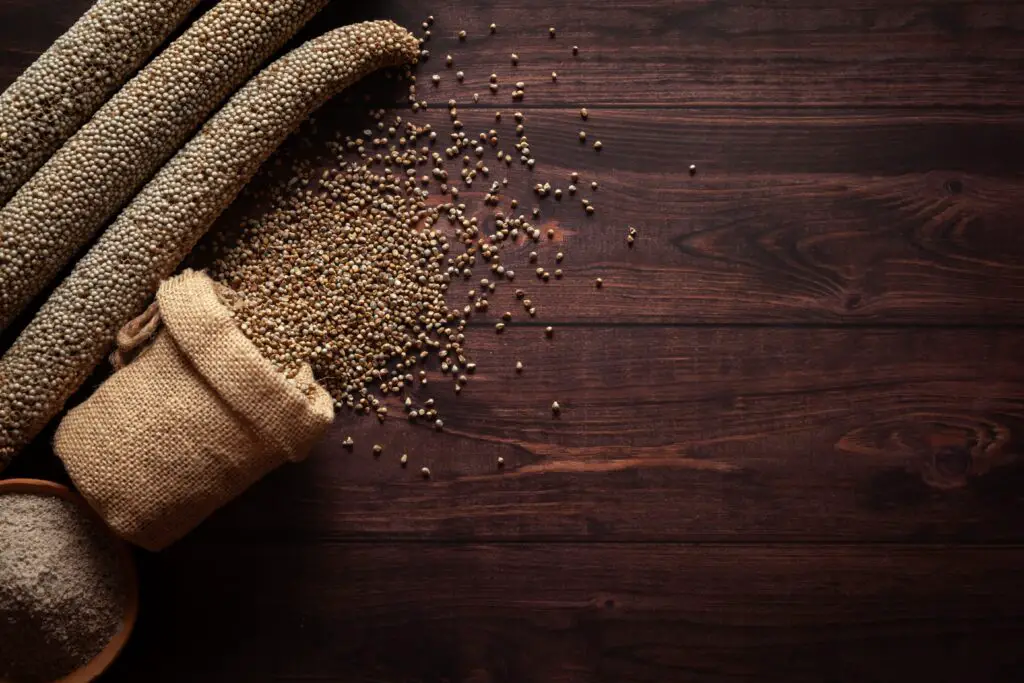
Millet was long used as animal feed or a subsistence grain in parts of the world where wheat and rice were too costly. It wasn’t trendy, and it certainly wasn’t on anyone’s radar as a health food. But it was easy to grow, nutrient-rich, and stored well—perfect for tight budgets.
Now, millet is hailed as a supergrain. It’s showing up in power bowls, granola blends, and even upscale baked goods. Its mild, nutty flavor is being embraced by gluten-free and plant-based eaters. Turns out, this ancient grain just needed a little rebranding to shine.
19. Sweetbreads
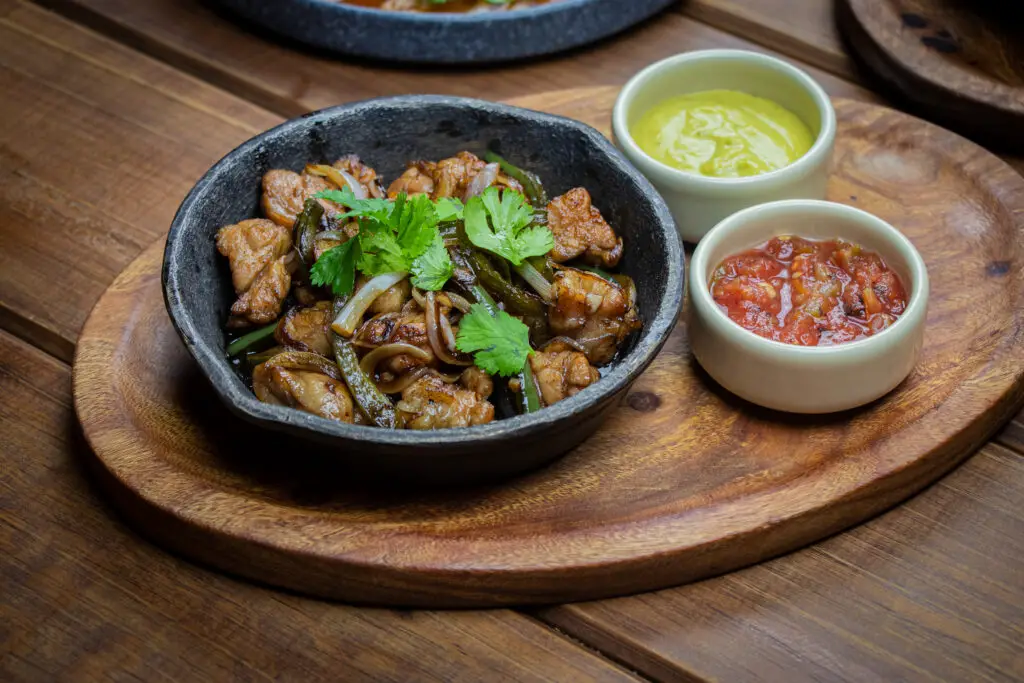
Despite the misleading name, sweetbreads aren’t a dessert—they’re the thymus or pancreas of a calf or lamb. They were considered offal and traditionally used in peasant cooking to stretch meals and avoid waste. The idea was simple: don’t throw anything away.
Now, sweetbreads are haute cuisine. Pan-seared with butter or paired with risotto, they’re beloved by chefs for their creamy texture and rich flavor. You’ll find them at fine dining establishments where they’re handled with precision and served with fanfare. Not too shabby for an organ meat once seen as a last resort.
20. Black Pudding (Blood Sausage)
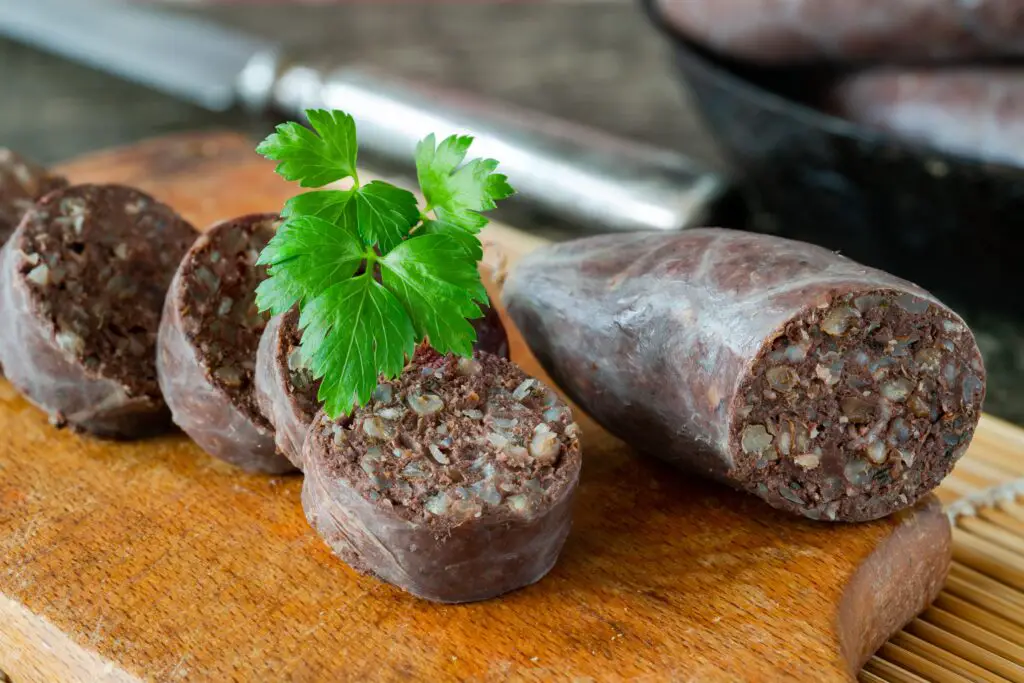
Black pudding, or blood sausage, was born from necessity. It was a way to use every part of the animal, including the blood, and stretch out protein in hard times. It was a common breakfast item in working-class homes, particularly in the UK and Ireland.
Today, black pudding is being reimagined on gourmet brunch plates and fine dining tasting menus. It’s paired with scallops, incorporated into stuffing, or served crisped and crumbled over risotto. The earthy flavor that once made it a tough sell is now what makes it prized. It’s another example of how old-world thrift turned into modern luxury.
